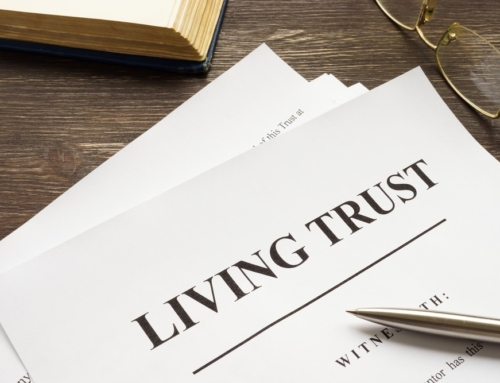The 18th century manor house sits on top of a little hill in Balbair, Scotland, on 70 lush acres with a small river running through them. At one point in time, the lord of the manor controlled more than 500 acres, dotted by the odd cottage here and there.
Inside, each bedroom has a theme, like the Garden Room, with its four-poster bed and views of the manicured garden and, farther out, Cromarty Bay with its oil rigs tethered until they’re needed. The ballroom is Wedgewood Blue, with its moldings painted a crisp white. The library is dark green, bookshelves reaching to the top of the 14-foot ceiling. And the kitchen is completely modern, with custom yellow cabinetry, granite countertops and an AGA stove.
There are thousands of manor houses like Braelangwell (www.braelangwell.co.uk) nestled in the verdant landscape of England, Scotland, and Wales. And for tourists, nothing beats playing a version of “I Spy the Manor House†as you zoom around the bend on B or unclassified roads wide enough for just one car.
While these lovely houses were originally the home base of landed gentry, today they are more likely owned by ordinary British subjects like Ronnie and Laura Strange.
Ten years ago, having sold their dairy farm in England, the Stranges came north looking for a manor house to turn into a Bed & Breakfast. They paid £40,000 ($70,000) for Braelangwell and its acreage.
The house had been let go, used as a field hospital at one point, and was in need of serious repair – not to mention decorating. The charm of a stone 18th century house with its high ceilings didn’t escape the Stranges, who tackled the renovation with vigor.
The costs have been significant. Earlier this year, the Stranges faced a bill of more than $20,000 to repaint the interior of the house. Old houses always need a lot of work and when you’re dealing with one that was built nearly 300 years ago, there is always something to do.
The saving grace for the Stranges, who charge between pound 35 and pound 50 ($61 and $75) per person per night for a bed with a full Scottish breakfast, has been the rising value of property in Britain.
Over the years, they have sold off pieces of land in order to make necessary repairs to the house. They’re in the process of completing the sale of one cottage for more than $300,000, which Ronnie Strange said would help their finances enormously.
Land values and home prices have skyrocketed faster in Great Britain than in the United States over the past 10 years. In Glasgow, Scotland, tiny 1,000 square foot, 2-bedroom apartments were being offered for £85,000 ($149,000).
In small, older villages like Tain, a lovely stone town with a clock tower that is nearly 1,000 years old that is about an hour’s drive north of Inverness, it’s hard to find anything to buy for less than £150,000 ($262,000). That money might get you a tiny house in town with a small patio in back. New homes on small plots of land are selling for several times that, and if you want an older stone manor house, like Braelangwell, you’d better be ready to shell out close to, or even more than, a million dollars.
While the pound-to-dollar exchange rate does magnify the difference in housing prices somewhat, it doesn’t explain everything.
“We can’t quite get over how the price of homes has risen,†said Ronnie, as he strode through the garden wall in tall black Wellington rubber boots to feed the handful of hens living on the property.
The Stranges feel as if they have won the housing lottery. But with limited income from the Bed & Breakfast business and the occasional wedding reception in the ballroom, the challenge they face is figuring out how to make the property pay off enough to allow them to stay.
One idea is to turn an unused pasture into a Christmas tree farm, as their neighbor has done.
“Christmas trees in Britain sell for pound;30 to pound 80 ($52 to $140),†said Laura. “But it’s really hard work cutting them down without killing yourself.â€
“I’d like to spend the rest of my days here,†Ronnie said, gazing appreciatively at Braelangwell.
Aug. 5, 2005.






Leave A Comment